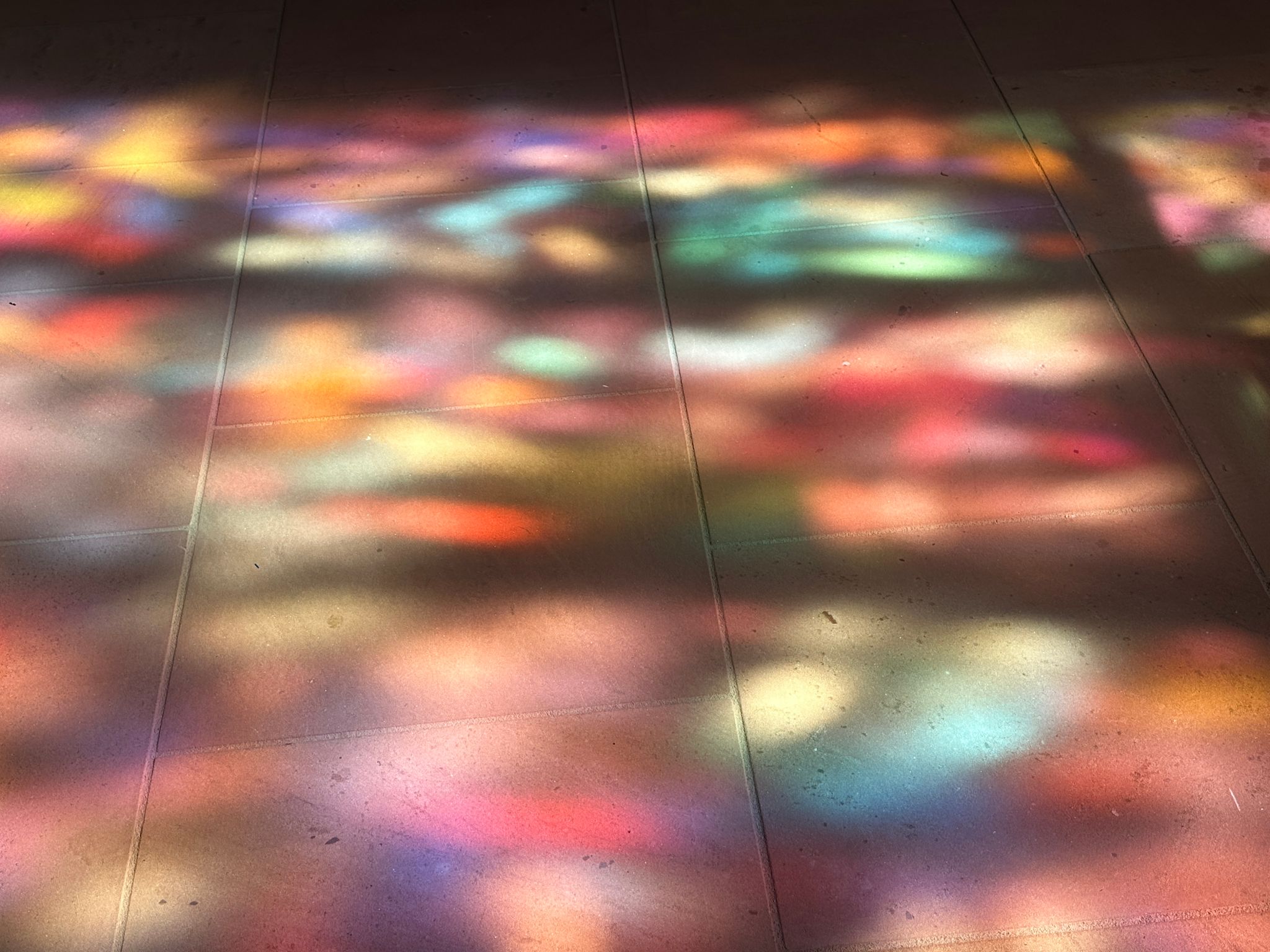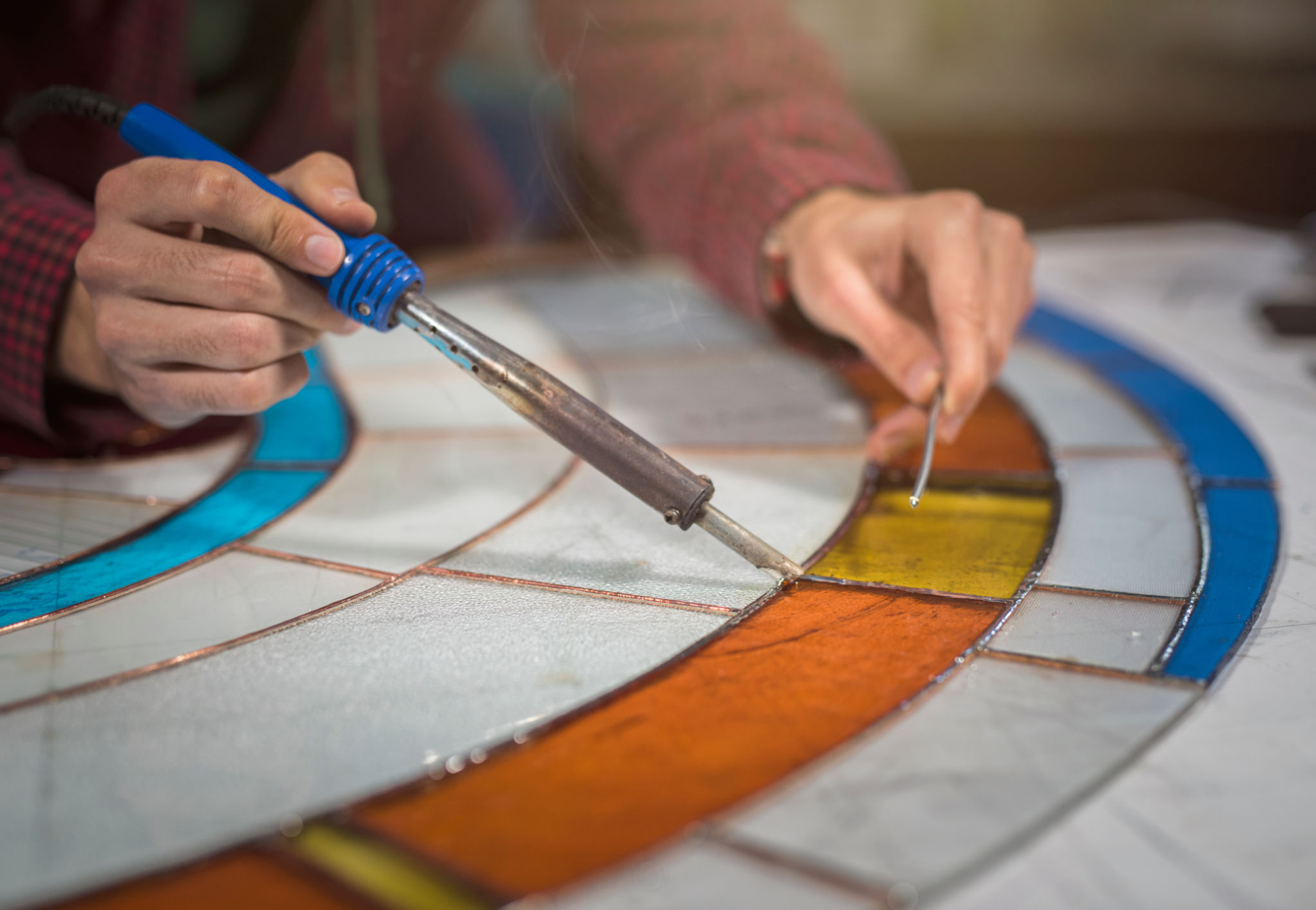DIY Stained Glass Repair: What You Need to Know
Understanding the Basics of Stained Glass Repair
Stained glass windows are beautiful, intricate works of art that can enhance any space. However, like any other decorative element, they may require maintenance or repair over time. Whether due to accidental damage or general wear and tear, knowing how to approach DIY stained glass repair can save you time and money.
Before starting any repair work, it is essential to understand the basic structure of stained glass. Typically, stained glass pieces are held together with lead came or copper foil. These materials not only secure the glass but also contribute to the overall aesthetic. When repairing stained glass, you'll need to be familiar with these elements to ensure a successful restoration.

Tools and Materials Required
Embarking on a DIY stained glass repair project requires the right tools and materials. Here is a list of essentials you will need:
- Glass cutter
- Lead came or copper foil
- Soldering iron and solder
- Grozing pliers
- Flux
- Safety gloves and goggles
Having these tools on hand will ensure that you can safely and effectively perform any necessary repairs. Additionally, make sure you have a well-ventilated space to work in, as some materials can produce fumes.
Step-by-Step Repair Process
Once you have gathered your tools and materials, it's time to get started on the repair process. Follow these steps for a successful DIY stained glass repair:
- First, carefully remove the damaged piece of glass by gently chipping away the surrounding lead or foil. Use grozing pliers for precision.
- Next, trace and cut a new piece of glass to replace the damaged one. Make sure the new piece matches the original in color and texture.
- Use lead came or copper foil to secure the new glass piece in place. This step requires patience as it ensures the structural integrity of the window.
- Solder the joints carefully, ensuring a clean and smooth finish. Remember to use flux to promote a strong bond.
- Lastly, clean the repaired area thoroughly to remove any residue from flux or soldering.

Safety Precautions
Safety should always be your top priority when working with stained glass. Here are some precautions to keep in mind:
- Always wear safety goggles and gloves to protect against sharp edges and hazardous materials.
- Work in a well-ventilated area to avoid inhaling fumes from soldering and flux.
- Be careful when handling lead came, as lead is toxic. Consider wearing a mask and wash your hands thoroughly after handling.
By adhering to these safety measures, you can minimize risks and focus on the repair process effectively.
When to Call a Professional
While DIY stained glass repair can be rewarding, there are instances where it's best to call in a professional. If the damage is extensive or if you're unsure about any part of the process, seeking expert help is advisable. Professionals have the experience and tools necessary to restore your stained glass safely and correctly.

In conclusion, with the right knowledge and tools, many stained glass repairs can be done at home. However, always prioritize safety and know your limits. With patience and care, your stained glass can continue to be a stunning feature in your home for years to come.
